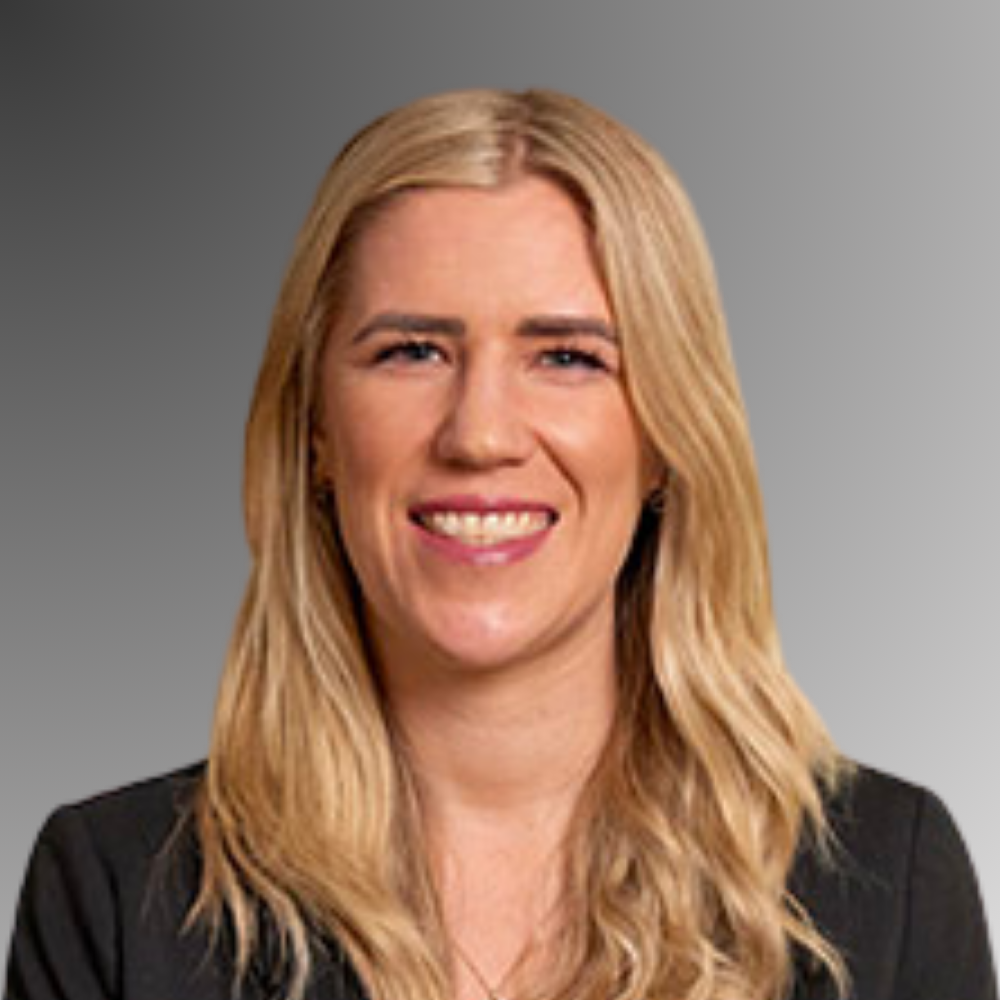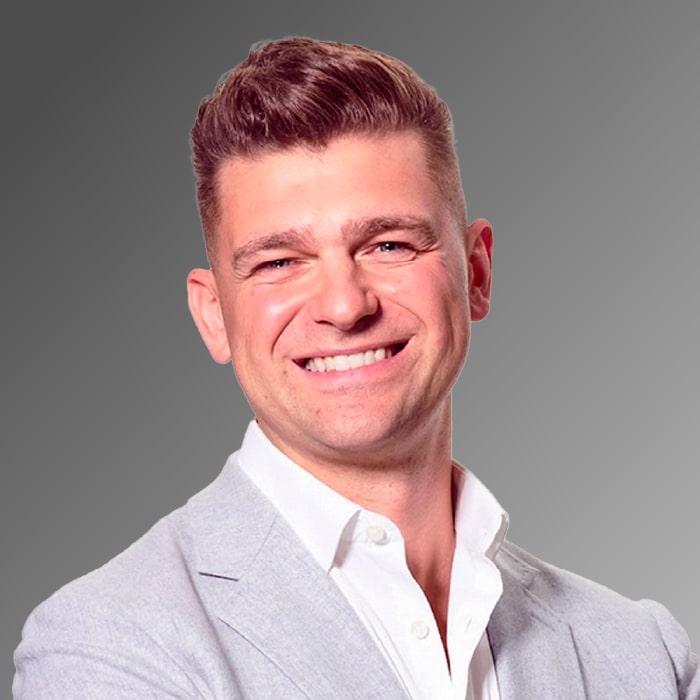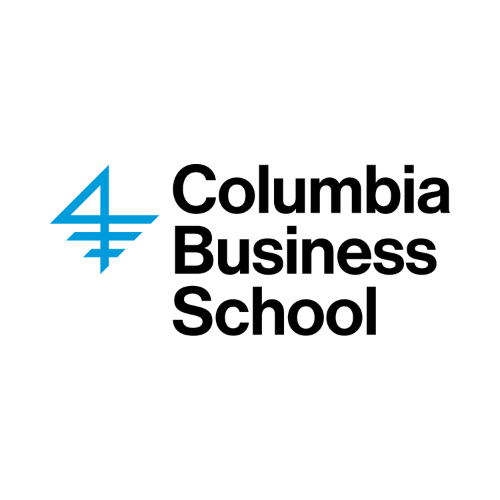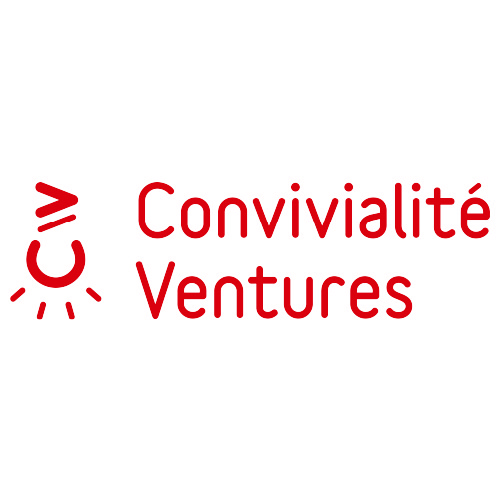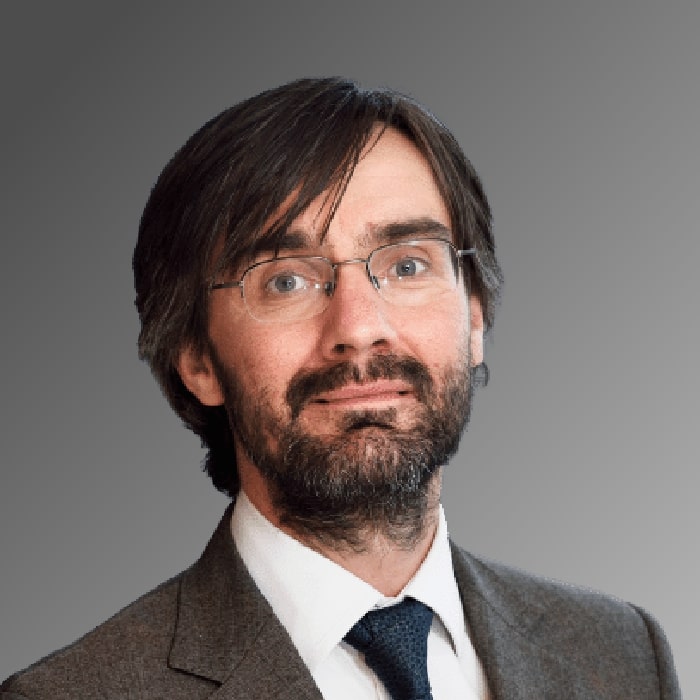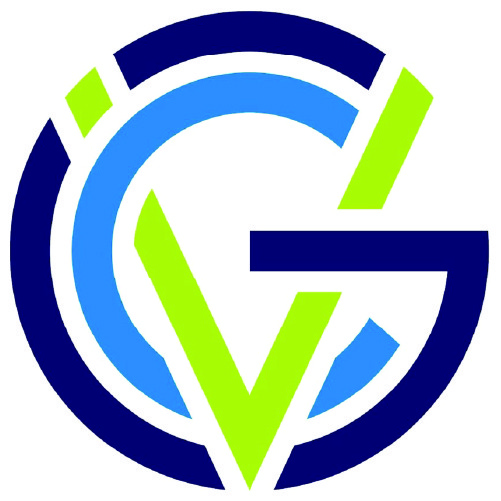The Scout Bees of Btomorrow Ventures: Guiding BAT Toward Its Next Hive
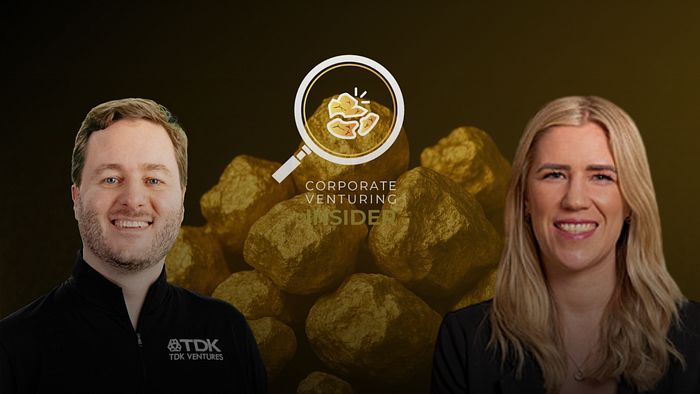
Corporate Venturing Insider for the past five years has featured over 110 episodes spotlighting best practices from leaders across the global corporate venturing ecosystem, each exploring how to better support entrepreneurs and elevate innovation.
In episode #114, Nicolas Sauvage, President of TDK Ventures, sat down with Annie Goman, Managing Director of Btomorrow Ventures (BTV), the corporate venture capital arm of British American Tobacco (BAT). Together they unpacked BAT’s transformation journey, BTV’s evolving investment thesis, and Annie’s unconventional path from commercial leadership to corporate venturing.
A Leap of Faith into Corporate Venturing
When Annie Goman was appointed Managing Director of Btomorrow Ventures in late 2024, she brought with her neither a venture-capital résumé nor a traditional investor background. Instead, she came from years of commercial and e-commerce leadership within large consumer-goods companies. This was a deliberate and, as it turned out, prescient decision by BAT’s leadership team.
“I wouldn’t have put myself forward for BTV’s managing director role,” she told Nicolas. “I don’t have investing experience.” She went on to add, “But to be a leader, you don’t always need subject-matter expertise; there are other things you can bring to the role.”
Her journey through roles at AB InBev and BAT had already proven her learning agility. “This is the third time I’ve stepped into a senior role without prior experience,” she added. “It’s about leading through people, not just through technical expertise.”
Lessons from ZX Ventures: Bridging Two Worlds
Before joining BAT, Annie Goman built a specialization in e-commerce and direct-to-consumer strategy. She spent several years at ZX Ventures, the innovation arm of AB InBev, where she witnessed one of the earliest large-scale experiments in corporate-startup collaboration. The team there had an exploitation plug-and-play like mission for their startups where they connected them more with the mothership. Although she worked on digital commercialization rather than venture deals, the experience gave her a front-row view of how a corporation could nurture startups while leveraging its own global strengths.
As Corporate Venturing Insider interviewee and Columbia Business School professor Angela Lee noted this year, ZX Ventures “did a really good job helping beverage companies with licensing and distribution, which is notoriously difficult and expensive in the U.S., given the state-by-state regulations. They were very clear on their value add to startups.”
Lee echoed that perspective: “ZX Ventures was quite ahead of its time. It wasn’t called portfolio growth back then, but that’s exactly what it was. The team acted as a bridge between the corporate and the startup, aligning around a common goal.”
At ZX Ventures, the investment and operating teams could rely on AB InBev’s mature infrastructure to accelerate founders’ growth. But that “plug-and-play” model doesn’t translate directly to Btomorrow Ventures, whose ‘beyond-nicotine’ portfolio; functional foods, beverages, and wellness brands often lies outside BAT’s current expertise.
“At BAT, we don’t yet have distribution or category experience in functional drinks or snacks,” Annie explained. “That means our role isn’t just investing in products; it’s helping build the capabilities that will ultimately make BAT a truly multinational CPG company.”
Going Slow to Go Fast
When Annie joined Btomorrow Ventures in December 2024, the firm had just announced the launch of its £200 million Fund II, initially positioned to focus on wellbeing and stimulation businesses. But as she quickly discovered, that direction lacked full alignment with BAT’s broader transformation strategy.
Recognizing the need for clarity, Annie made the unconventional decision to pause new investments for six to nine months. During that time, her team undertook a comprehensive review of Btomorrow’s journey since its founding in 2019. They analyzed feedback from founders, internal stakeholders, and BAT leadership to determine what had worked, what hadn’t, and where the next five years should lead. The outcome pointed clearly toward closer alignment with BAT’s transformation agenda, especially around nicotine pouches, vapor products, and heated tobacco, as well as exploring new consumer categories beyond nicotine.
“I told my team we’re going slow in order to go fast,” Annie said. “We spent those months getting alignment with the corporate so we could later operate with high autonomy.”
That strategic reset became the foundation of Fund II — a vehicle designed not only to invest in smokeless nicotine products but also to expand BAT’s reach into entirely new consumer verticals. More than just capital, it represented conviction: a deliberate five-year plan built on alignment, learning, and focus rather than speed.
“Now, we have what I call a ‘high-alignment, high-autonomy’ operating model,” Annie explained. “We know where we play and how we win — and that clarity lets the team execute confidently.”
Building the Platform Behind the Portfolio
With Fund II now in motion, Annie’s next challenge is building the platform, a system for helping startups scale after investment.
“Being a good investor is different from being a good portfolio manager,” she said. “We’re now hiring for commercial acumen who have experience growing a business themselves.”
She credits the wider CVC community, including peers at TDK Ventures, for openly sharing knowledge. “I’ve been really grateful for how collaborative CVC leaders are,” she said. “People genuinely believe one plus one equals three. It’s not a zero-sum game.”
High Alignment, High Autonomy, and High Empathy
For Annie, success in corporate venturing hinges not only on strategy but also on empathy, a quality she now intentionally recruits for.
“Corporate venture teams operate in a different rhythm from the business,” she explained. “Our colleagues are focused on hitting this month’s numbers, while we’re thinking five, ten, fifteen years ahead. That gap can create resentment.”
Empathy, she said, allows her team to understand both the founder’s and the corporate colleague’s perspective. “Someone with empathy can put themselves in both shoes and find ways to bridge the gap,” she said. “We’re humans dealing with humans, and getting the best out of humans I think is often driven by empathy.”
The Btomorrow Scout Bees
Annie’s long-term vision for Btomorrow Ventures extends well beyond the five-year horizon of Fund II. “In five years, I’d love for Fund II to be fully deployed — with a successful portfolio and a commitment for Fund III because we’ve proven our model,” she said.
But her ambition isn’t just to build a strong fund; it’s to help shape BAT’s future. “Within a corporate, 99 percent of people are focused on the next one to three years,” Annie reflected. “Our job is to think about where BAT will be in five, ten, fifteen years. We’re the scout bees — searching for the next hive that will generate honey. To do that, you have to think beyond where the worker bees are spending all their time.”
As BAT continues to diversify beyond its legacy categories, Annie measures success in more than financial returns. “Success might mean integration — embedding a startup’s technology or capability across BAT’s ecosystem,” she explained. “Sometimes that’s an acquisition; other times, it’s a capability that fundamentally changes how the company operates.”
That distinction underscores Btomorrow Ventures’ strategic role: not just funding innovation, but equipping BAT with the tools, insights, and partnerships it needs to evolve. Each investment is a step toward giving the company capabilities it doesn’t yet have — whether in digital infrastructure, consumer health, or next-generation delivery systems.
Ultimately, Annie hopes to look back and see Btomorrow Ventures as a catalyst for corporate reinvention. “I want to be able to say we helped transform a legacy tobacco company into a multi-category CPG company,” she said. And if her scout bees metaphor holds true, Btomorrow Ventures will keep finding the flowers, and perhaps even the next hive, that ensures BAT’s future continues to thrive.

 Go slow to go fast. Take time to align strategy and stakeholders before deploying capital, clarity today enables autonomy tomorrow.
Go slow to go fast. Take time to align strategy and stakeholders before deploying capital, clarity today enables autonomy tomorrow. 